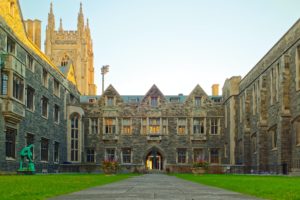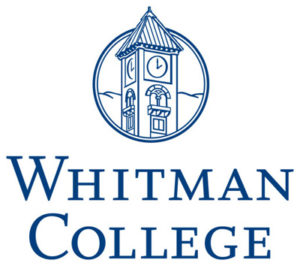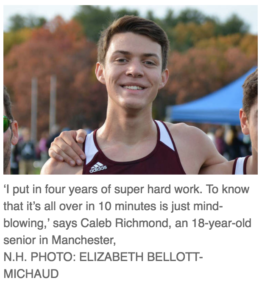“An investment in knowledge pays the best interest” – Ben Franklin
A Princeton Review poll indicates nearly half of all students’ greatest worry is finding the best match for college. Recent college admission rates show both parents and students more than a little concerned over getting into the right college. These are valid concerns. The right college affects:
- A student’s choices and path in life
- The quality of their social network, career connections and graduate school placement
Along with college choice, paying for college and making sure students find meaningful work are also concerns that parents share. And while attending college secures opportunities for maintaining a family’s legacy including jobs and graduate school placement networks, not to mention friendship networks, about one third of students transfer and only about 60% finish in four years.
Perhaps the biggest problem is that high school students lack the personal coaching they require to make the right personal choices:
- Decisions about where to go are not always wise: 1 in 3 students transfer, only half finish in 4 years
- College counselor/student ratios are 300:1 at public schools and 200:1 at private schools
- Among the roughly 1.7 million students applying to four-year colleges the top 20% tend to apply the same 50 colleges, overcrowding these admission pools while other colleges’ application pools shrink—leaving many great college options and merit awards untapped.
For many parents and students “super-reach” Ivy League colleges are the way to go. And, yet Ivies, U Chicago, Stanford, MIT and Caltech turn away 90% of applicants, making it difficult to base a sound admission strategy around applying to “super-reach” schools and leaving much room for improvement in the way students choose their dream colleges.
A new way of choosing colleges is beginning to emerge. College Match is leading the way asking its students and parents to look at earnings and graduate school placement. PayScale’s employer pay rankings and Wall Street Journal’s top 50 feeder colleges to professional graduate medical, law and business schools are great tools to highlight top colleges in a range of admission difficulties.
Better undergraduate matching can produce better job and graduate school outcomes that last a lifetime. By starting to plan now, you can improve your student’s chances of finding, getting in to and paying for the right school for them.
If all of this sounds complicated, it doesn’t have to be. Here are some key steps:
Start early– Begin planning sophomore and junior year with your student to develop their talents and interests. Colleges want to see leadership and depth in a student’s out-of-class involvement. This doesn’t mean that they have to do a lot of different activities. The best is to focus and start at the beginning of high school. By starting early your student can develop leadership and depth, rather than breadth. Colleges form a well-rounded class by choosing individuals with depth in their activities and interests. For more information on how to develop and scale extra-curriculars, download Brand U chapter “Scaling Upwards”.
Identify key strengths—is your student a community-builder? An inventor? An entertainer? Nurturing and developing special talents takes insight and understanding about what colleges are looking for. Some want poets; others want dancers or musicians.
Working with your student to develop their unique talents should be an organic and natural process. By reviewing the credentials of accepted students you can gain insights into what different colleges are looking for. USA Today sponsors a yearly high school competition that shows the backgrounds of those students who are accepted to top colleges. Keep in mind that for some competitive colleges this may include national and state competitions and prizes, such as the Intel Science Competition or playing an instrument in the local junior symphony.
Become knowledgeable about college admissions trends—dance for example. Among the usual performing arts that students take part in outside of class, dance is now one of the most sought after with college admission offices around the country. For the first time, a number of colleges are reporting dance statistics among accepted students. Pomona and Occidental Colleges in Los Angeles now record the number of accepted students involved in dance among their freshman class profiles (5% to 8% of freshman classes). Echoing this trend, construction is underway on new dance studios at Vassar College –one that seats 244 people and new facilities have been built at Emory, University of New Mexico and Tufts University.
Seek advice from an expert—By working with an admission strategist to plan smartly, you can not only improve your student’s chances of getting into the college of their dreams, but of paying for it as well. Families who start sophomore or junior year and work with a college consultant, improve their chances of finding merit money. Getting a merit award may come down to something as simple as the fact that a college needs a cellist or soccer player. In 2020, College Match’s families averaged $87,000 in non-need-based merit awards. View a list of College Match’s admission wins and merit awards.
For families that you represent, important decisions about college admission loom on the horizon. The good news is that with a little upfront planning their students can find a customized college fit.
Interested in help from College Match consultants? We can’t wait to work with you in individual consulting or our online Ultimate College Admission Prep Course (subject to availability).






